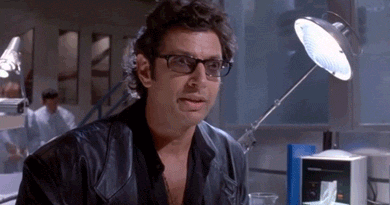Leon tP
Member
- Joined
- Jun 2, 2021
- Messages
- 216
carry the biggest caliber you can comfortably carry and handle.
The other factor is where you are going. If you are going to a really bad area, more and bigger arms. If you are in a good area, a vest pocket 32 might just do.

Well I guess one could conclude that shot placement is far more important than caliber. However, the smaller the caliber, the more precise that shot placement must be to be effective.
I propose a new test, using goats.......Strasbourg goats.
A famous man once said “There are three types of lies. Lies, damned lies and statistics.”
A famous man once said “There are three types of lies. Lies, damned lies and statistics.”
If the graph was true, how would it change your behavior?
If the graph was false, how would it change your behavior?
-Stan
Ever read this tiny little paperback?
It was required reading in my freshman physical science class in 1975
View attachment 1077990
Lies, damn lies, and statistics.If I remember correctly 32 was so high because it was one of the smallest sample sizes and it wasn't statistically valid.
Now that the .32 has been eviscerated, we can all go back to worshiping the amazing stopping power of the .25 acp.
https://www.thehighroad.org/index.php?threads/the-most-awesome-25acp.904977/
Mr. Brown ended up looking like a jig saw puzzle with a couple of pieces missing..So Bad Leroy Brown was right to carry a .32 in his shoe.
I know from hunting that you can shoot two of the same type of animal in very similar places and come out with different results. I also know that in human examples, what is or is not fatal is often the result of what medical treatment was received and how quickly. I know of a lot of one shot stops with various calibers that were non-fatal, non-incapacitating, and a few that didn't even hit the bad guy. Psychological stops are great when they happen, and they do happen, but are not very predictable.
A lot of these shot percentages are thrown out there like they mean something. However, virtually no two people are ever shot exactly the same way. Shot distances, angles, circumstance, bullet types, velocities, etc. are often quite varied. You can find accounts of people shot in the heart that survived, the survivors being fatally shot, had they not gotten the correct care fast enough. As such, they are not in the fatal category, which is really interesting. After all, how can caliber take into consideration the speed and skill of subsequent medical care? Many people may become incapacitated by a single shot, but is the incapacitation instant, quick, or maybe minutes or hours later.
The numbers are just a mathematical derivatives of generalized categories that fail to take in a lot of very relevant factors that influence the success of the impact of the shot on the intended target. As such, while the resultant numbers appear very precise and are heuristically interesting, they are also false precision. No doubt this is why the .32 appears to be a wonder caliber occupying a magical synergistic crossroads of a comparatively smaller caliber, lighter weight, reduced energy, moderate velocity, reduced to moderate penetration, etc.
I tend to agree that the "one shot stop" is a myth created by gun writers with no combat experience but, rather, a particular axe to grind.
LoL, when I took STAT 651 (from the Department Head, no less) the instructor would go, "Y'all are grad students, so pay attention to [this]..." Sometimes that was clarity; sometimes it was a labor-saver; sometimes it was a legitimate obfuscation--it was illuminating.we did have a good portion of one class on specifically
...
Good ballistics? Doc Roberts is as good as it gets plus does a lot of public work.
Handgun cartridges: https://pistol-forum.com/showthread.php?4337-Service-Caliber-Handgun-Duty-and-Self-Defense-Ammo
...



